Microsoft and MAP, Bengaluru, Develop New AI-Powered Platform
Microsoft and the Museum of Art & Photography (MAP), Bengaluru, have developed a new artificial intelligence-powered platform for connecting artworks and cultures around the world
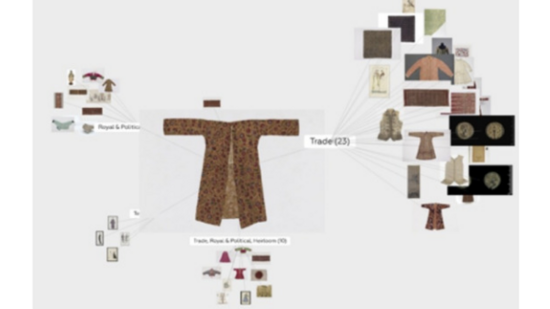
INTERWOVEN is rooted in MAP’s vast collection of South Asian textiles and was developed as part of Microsoft’s AI for Cultural Heritage initiative, which leverages technology to empower people and organisations dedicated to the preservation and enrichment of art and culture.
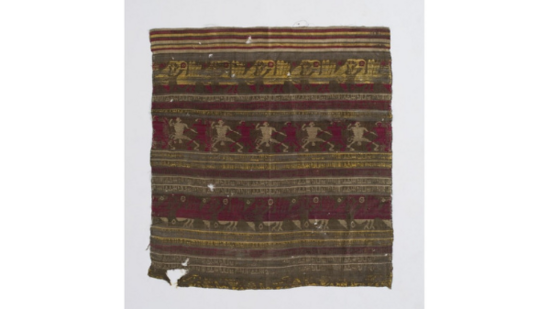
Previous projects under the initiative have involved improving accessibility through the Open Access collection of the The Metropolitan Museum of Art, New York and the digital restoration of ‘Ancient Olympia’, in collaboration with the Government of Greece. The Museum of Art and Photography in Bengaluru is delighted to be the first project under the initiative in Asia.
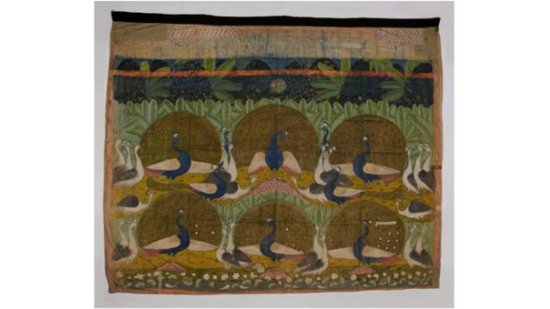
South Asian textiles embody rich histories that highlight relationships across vast regions. With pioneering innovations and an early mastery over complex techniques, artisans from the region – distinguished for their excellence – catered to the world for centuries, and through historic trade, their work has helped shape the world both aesthetically and politically.
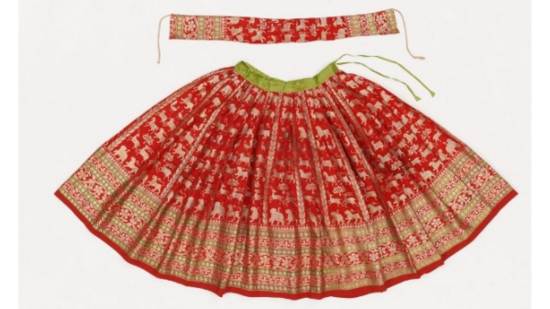

INTERWOVEN has been over a year in the making, and brings together collections from key institutions and partners across the world alongside MAP’s (including the V&A, London, MET, New York, Rietberg, Zürich and the Royal Ontario Museum in Canada) to reveal connections between artworks from different cultures, mediums and time periods. INTERWOVEN represents these visually and intuitively, encouraging further exploration, discovery and cross-cultural exchange.
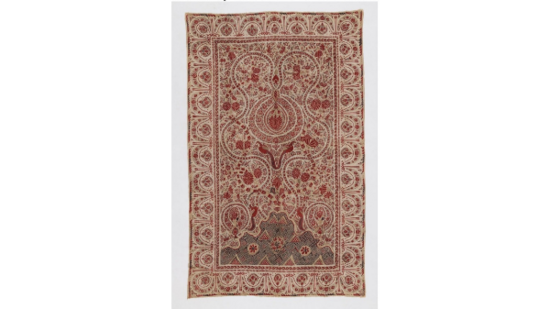
The platform works by providing users two options. The first (Curated Journeys) allows the user to view predefined journeys, created primarily by MAP’s educational and research arm - the MAP Academy. These combine relationships between global artefacts suggested by the AI, which are then researched and expanded further by individual curators. It is an explorative model for how AI might be used in museology and art historical research. These cover a range of themes and subjects, from ideas of anti-imperialism, to representations of women, to explorations of leisure. One of the journeys, for instance, even traces the forms and functions of handbags across different cultures and time-periods, shedding light on their associations with ideas of community, convenience and haute couture.
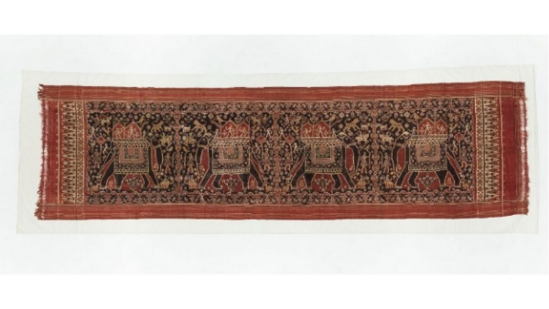
The second option (Custom Journeys) invites general users to explore the platform to stumble upon meaningful and sometimes even surprising visual connections. It provides a new way to engage with culture, and learn more about the history of textiles and fashion and their relationship to global exchange. The MAP Academy – Knowledge partners of INTERWOVEN - have been leading the research and curated content of the project along with Microsoft. The MAP Academy is a pioneering organisation dedicated to making the histories of South Asian art more accessible and inclusive, for audiences within the Indian subcontinent and around the world. It’s writing the first comprehensive Encyclopedia of Indian Art History, as well as offering an extensive online curriculum for South Asian Art History.
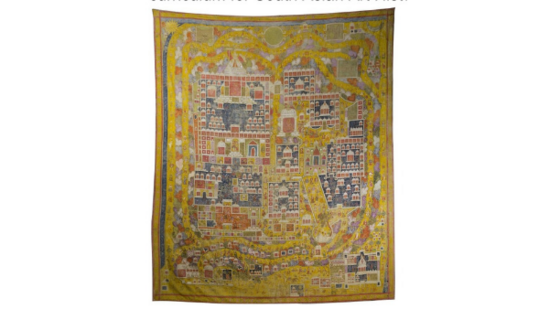
As part of the project, the MAP Academy has also developed a free, introductory online course on South Asian textiles, for a global audience, to further contextualise the enduring impact and relevance of textiles – addressing everything from fashion, the environment and global exchange. Understanding these broader contexts should add greater value to INTERWOVEN’S users, who can then use the platform to further recognise the extent to which technology can open up new possibilities for art historical research in the future.
Quotes:
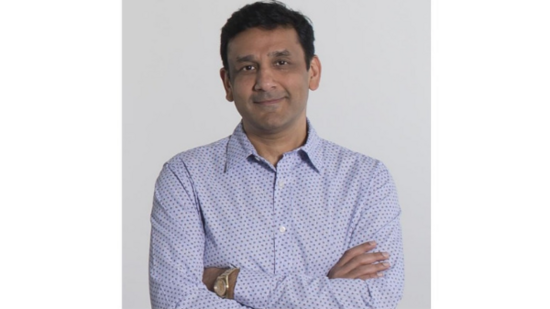
Abhishek Poddar
Founder, MAP
“We’ve always wanted to be the museum for the future. And being in Bangalore, which is the tech capital of India, it’s only right that MAP aims to make itself the most technologically advanced museum in the country.”

Kamini Sawhney
Director, MAP
“Covid 19 and the lockdown really forced us to reflect on how people interacted with the online space. … Right from week 1, we began looking at how we could engage with our online communities … After the pandemic, a primary aspect of our mission is to use the digital realm to connect with people across the country, and the world.”
“We’re rethinking the idea of museums. They cannot be mere repositories of objects. MAP will not just be a collection of objects, but a space for ideas and conversations that are initiated through our collections. INTERWOVEN fits securely within this vision”
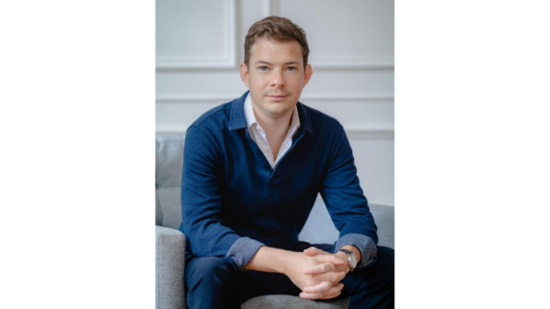
Nathaniel Gaskell
Director, MAP Academy
"As a research-driven organisation, we typically work with what we might consider more ‘conventional’ art historical resources across libraries, museum collections and catalogues. What's so exciting about INTERWOVEN is that it provides us with a whole new way of accessing artworks and collections through Artificial Intelligence – this allows us to make associations, recognise patterns and trace potential narratives that we could easily overlook. We can then use these as starting points for academic research, and learn about objects, cultures, and ourselves in more imaginative and far-reaching ways. Although experimental, the potential this presents to us is exciting, and it's been amazing to be part of this pioneering new use of AI for the art and cultural sector."
Shrey Maurya
Managing Editor (Encyclopedia), MAP Academy
“Using a single object, a single raw material, a particular technique... with that as a starting point, the AI will assist them to find different threads of connectivity between objects. There is therefore great potential for a vast amount of discovery through a tool like INTERWOVEN … because you don’t see that when you’re looking at just one museum’s textile collection."
Mandara Vishwanath
Project Manager, MAP Academy
“It was definitely interesting that something so tangible and visual like a textile object can reveal so much about the people that use these textiles or that have lived their lives around these textiles.”
Kate Irvin
Curator of Costumes and Textiles department at the RISD Museum
“I think INTERWOVEN will be really eye opening in terms of what [it] is able to offer us. … I see it as a really fascinating way to engage our audience ... [and] as a tool for this entire community.”
Disclaimer: This article is a paid publication and does not have journalistic/editorial involvement of Hindustan Times. Hindustan Times does not endorse/subscribe to the content(s) of the article/advertisement and/or view(s) expressed herein. Hindustan Times shall not in any manner, be responsible and/or liable in any manner whatsoever for all that is stated in the article and/or also with regard to the view(s), opinion(s), announcement(s), declaration(s), affirmation(s) etc., stated/featured in the same.



